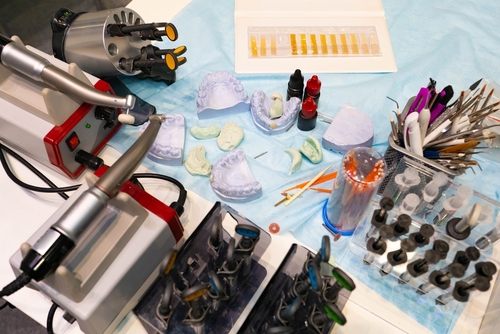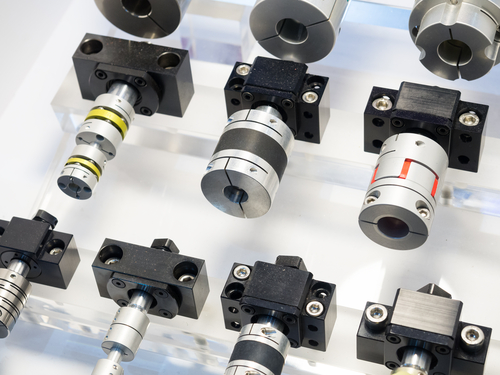Ceramic injection molding is a cutting-edge manufacturing process that provides intricate and complicated parts and components for specialized applications in a wide range of industries. However, CIM is constantly changing and evolving, meaning there are continual efforts to further enhance this manufacturing process. In order to choose the right advanced technical ceramics manufacturer, you need to know what kind of process you should look for.
What are the modern advancements in CIM?
CIM, or ceramic injection molding, is a precise process that allows for cost-effective and efficient production of complex parts and components per precise specifications. The process itself is already advanced, which doesn’t stop the industry researchers from further modernizing this process. Here are some of the most recent advancements in CIM:
Dimensional and shrinkage control
Ceramic injection molding has further been refined with the advancements in shrinkage and dimensional control. The modern techniques have further reduced the tolerances to ±0.3% of the nominal values. This improves the batch-to-batch product dependability, ensuring fewer defects and higher cost effectiveness.
Mold flow analysis and simulation

The simulation and the subsequent analysis of mold flow is one of the most important advancements in the ceramic injection molding technology. Performing a detailed simulation of the flow of material through the mold allows designers and engineers to detect potential problem areas and resolve them before entering full-scale production.
What’s more, they can boost the efficiency of the mold design, lowering cycle times and boosting the number of manufactured products over a set period of time.
Homogenous feedstock
Achieving a homogenous mixture of materials to feed into the manufacturing process is another essential aspect that helps injection molding companies achieve higher repeatability and tighter tolerances for more efficient production.
Today, ceramic particles have a consistent size and undergo equal distribution during the molding process. This sophisticated uniform material mixing eliminates miniscule air pockets that would otherwise cause cracks or distortions in the end product.
Close to net-shape fabrication
Ceramic injection molding is becoming capable of producing even the most intricate part geometries that were otherwise reserved for metal and plastic injection molding. Now, with tolerances within 25 microns and high degrees of repeatability, CIM can also serve to create the most complex shapes with suitable properties that many specialized industries require.
Enhanced versatility
Finally, all these advancements in ceramic injection molding technology serve a single unifying purpose – to bring designers and engineers improved versatility when designing and manufacturing ceramic parts and components. The more advanced the production process, the wider the manufacturing possibilities and the range of application of ceramic injection molded components.
Who’s the most reputable advanced technical ceramics manufacturer I should hire?

However, if you find all this to be too complicated, you can always contact Wunder Mold and partner with the leading ceramic injection molding company. We utilize cutting-edge technology to manufacture intricate parts according to the precise requirements and specifications of our clients. We offer a cost-effective outsourcing solution that will meet your demands. Give us a call or send us an email at sales@wundermold.com and let’s see how we can help you!